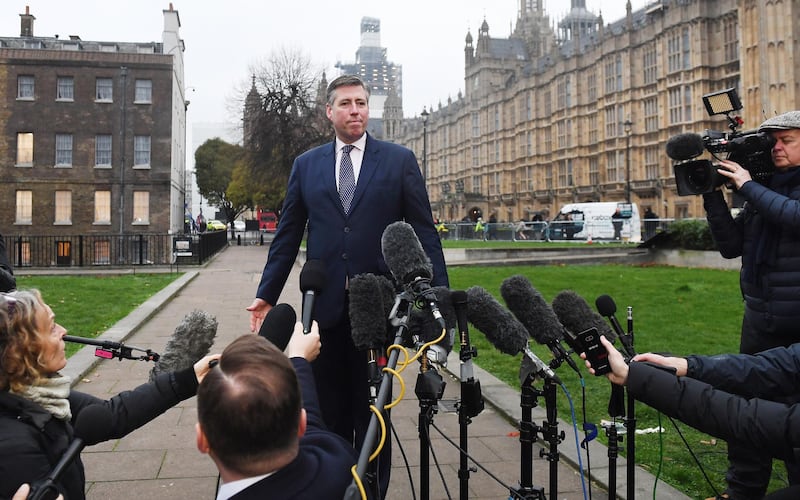The Conservative Party's 1922 Committee is one of the UK's most powerful groups. A body of backbench Conservative members of parliament – those without ministerial portfolios – it is designed to give a voice to the majority of the party rather than its most prominent members.
In effect, the group has the ability to make or break a prime minister's term and leaders are expected to address the body regularly and at key political junctures.
On June 12, 2017, Theresa May reportedly appeared before the committee on the day after she failed to win an outright majority in the election and told the body that she would serve only as long as they wanted her. That time appears up.
Formed after the 1922 election, it has become a powerful steering committee to inform the party leadership of the views of backbenchers on policy, direction and, crucially, its leadership.
They hold weekly meetings in parliament Committee Room 14 and while it can be attending by frontbench MPs, only backbench members can vote on policy and at internal elections for the committee.
The 18-member executive council, elected by Conservative backbenchers, is currently led by Sir Graham Brady, the MP for Altrincham and Sale West near Manchester.
On leadership elections, if 15 per cent of the party’s MPs submit letters to the chair of the 1922 Committee then it will spark a confidence vote and possibly a party leadership election. If the leader wins the vote, they are immune to further challenge for 12 months.
But the committee leaders have also earned the name “the men in grey suits”. The phrase became popular after the resignation of Margaret Thatcher in 1990 after 1922 Committee leaders visited the longstanding prime minister to say her time in office was over, forcing her to resign without a confidence vote.
______________
Latest on Brexit:
Theresa May faces battle to remain UK Prime Minister
EU draws up no deal plans as UK's May heads to Brussels
Vote was triggered after 48 letters were sent to Graham Brady, 1922 Committee chairman







